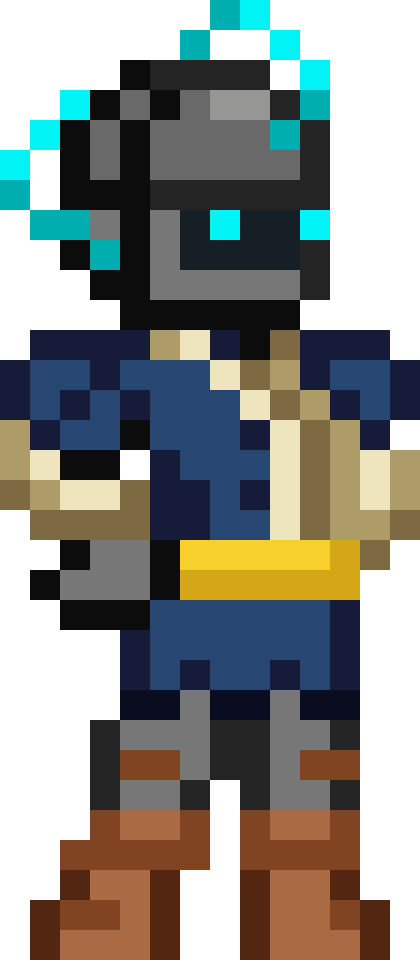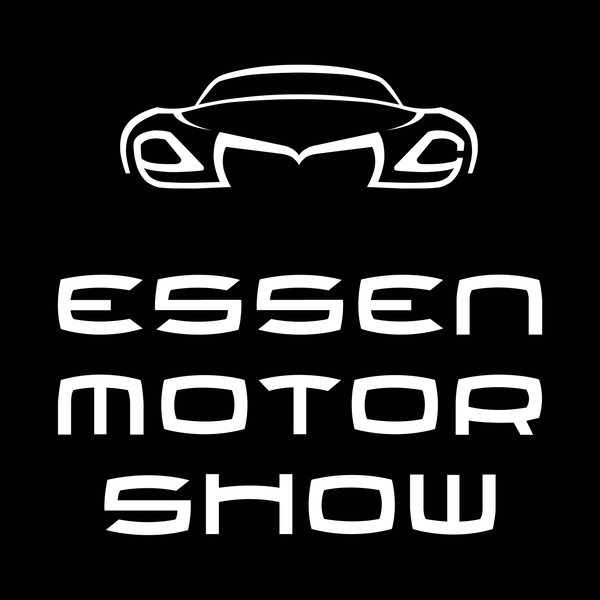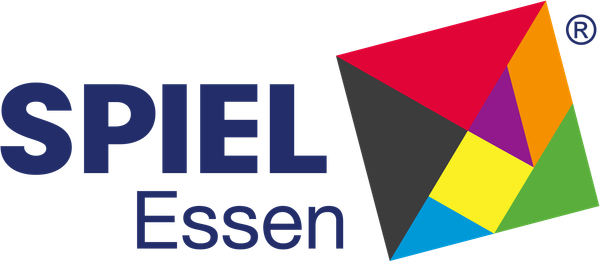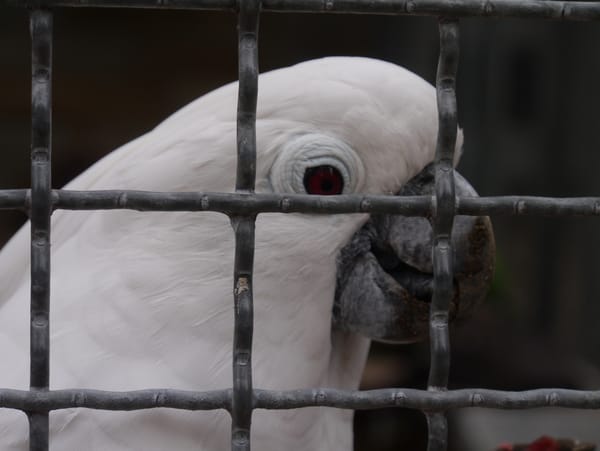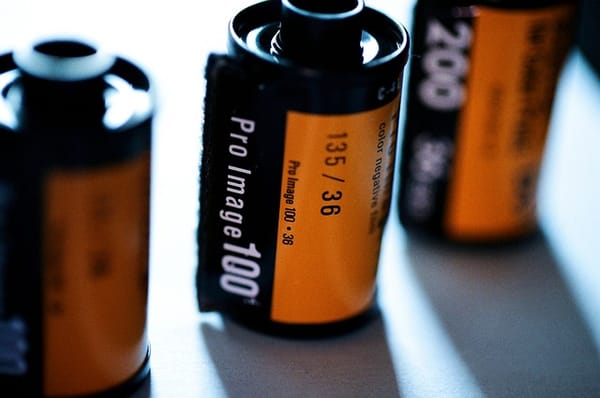The intoxicating nature of the FUJIFILM X100VI
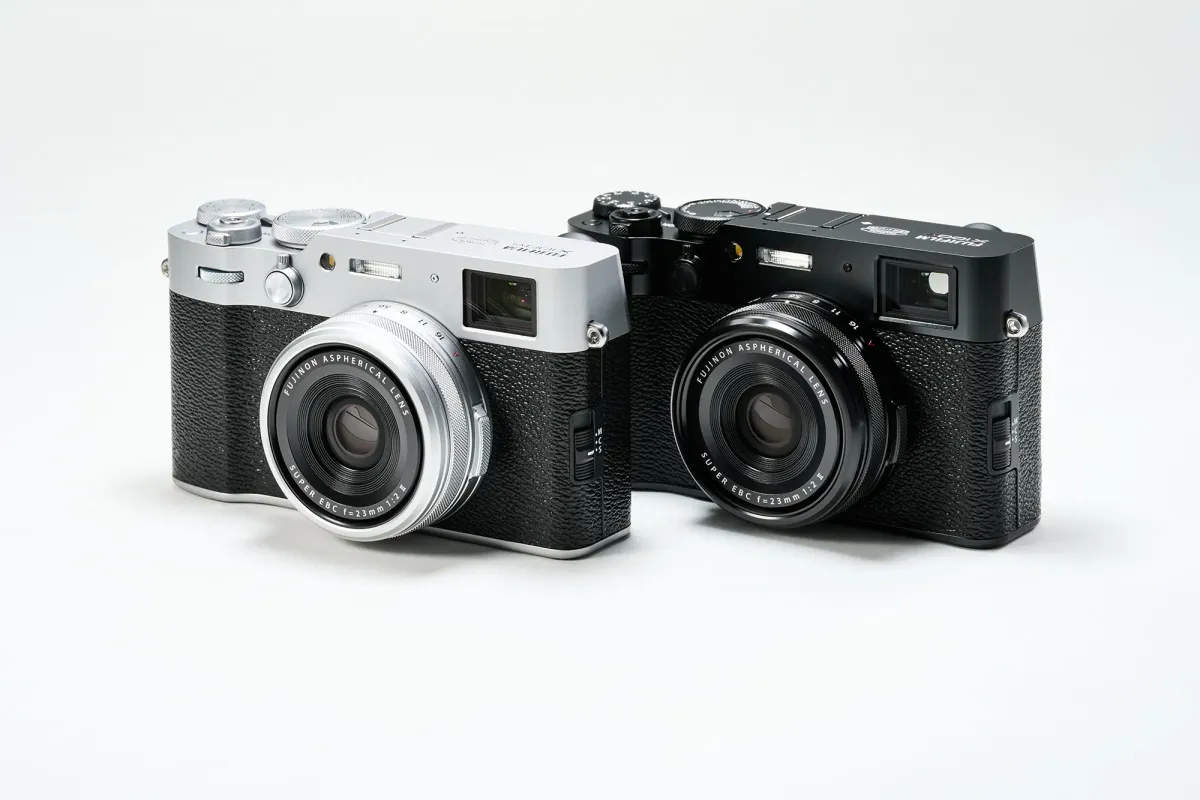
For all of you who need an introduction: Fujifilm is a Japanese Company known for great cameras, great lenses, great analog film, and great scanners.
They make various products, including the FUJIFILM X100 line of cameras. These cameras are compact APS-C fixed prime lens cameras.
The latest iteration of this camera line is the FUJIFILM X100VI.
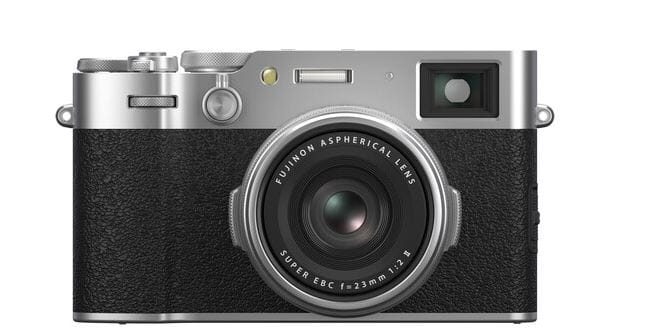
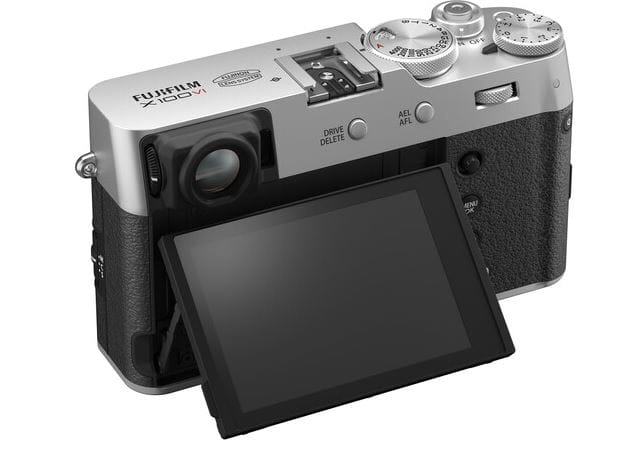
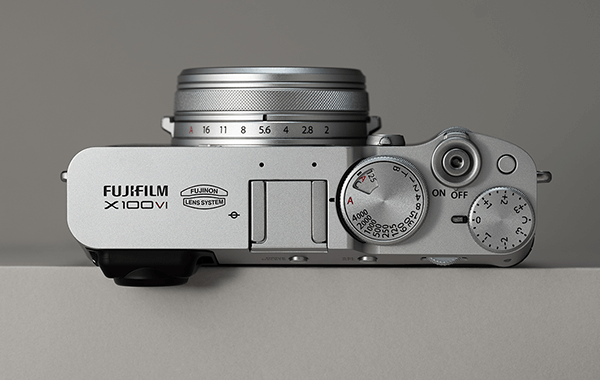
Quick Specs of this Camera:
- 40.2-megapixel X-Trans CMOS 5 HR sensor
- 35MM (Full Frame Equivalent) F/2 Lens
- Hybrid Optical and Electronic Viewfinder
- 6 Stops of image stabilization
- Integrated ND Filter
- 310 to 450 Shots per Battery Charge
- Mechanical Leaf Shutter
- 20 Film Simulations
First Impressions
I will be honest with you; I was skeptical about this camera. I have seen it online being praised by all sorts of people. But a fixed-lens camera for 1800€ is pretty steep. So I ignored it. I already have a much more capable camera. As mentioned in my analog film scanning experience, I have a Panasonic Lumix G9 Mark 2. On paper it is all-around better except for sensor size, weight, and dimensions.
What piqued my interest
Two videos:
Chris Niccolls @ PetaPixel - X100 VI
Fuji X100 VI by David Imel from MKBHD, Waveform, and Studio Channel
So after seeing both, I decided to again just ignore it. (1800€ and so on)
And then this happened: Ricoh GR IV Rumors.
The Ricoh GR III is another fixed prime lens APS-C camera but much less capable than the X100VI yet way smaller. It is smaller than a current iPhone or Google Pixel while sporting a much larger sensor.
Given that both these cameras are really neat for street photography (something I want to dwell further in) I looked at renting either of those cameras. And I decided to rent a Fuji x100VI in silver from a tech rental service for three months.
Testing the Camera
First, I really like a good knob on a camera. And Fuji knows how to make a good knob. Several actually.
Within the three months I was having the camera, I would be on vacation for 2 Weeks, would go hiking, and be on events and congresses.
Some of those photos are available on my Pixelfed page:
And here are some more:

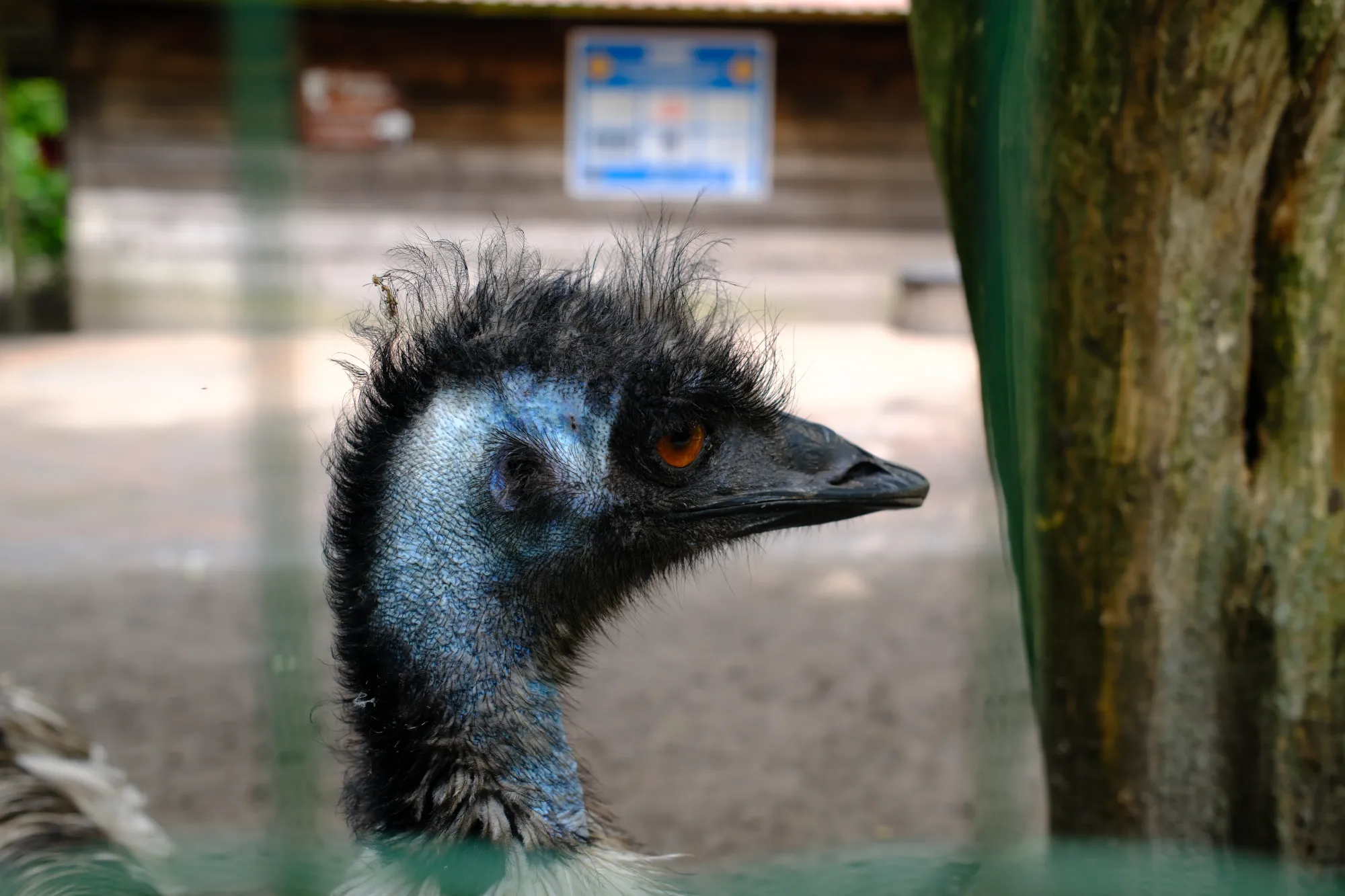
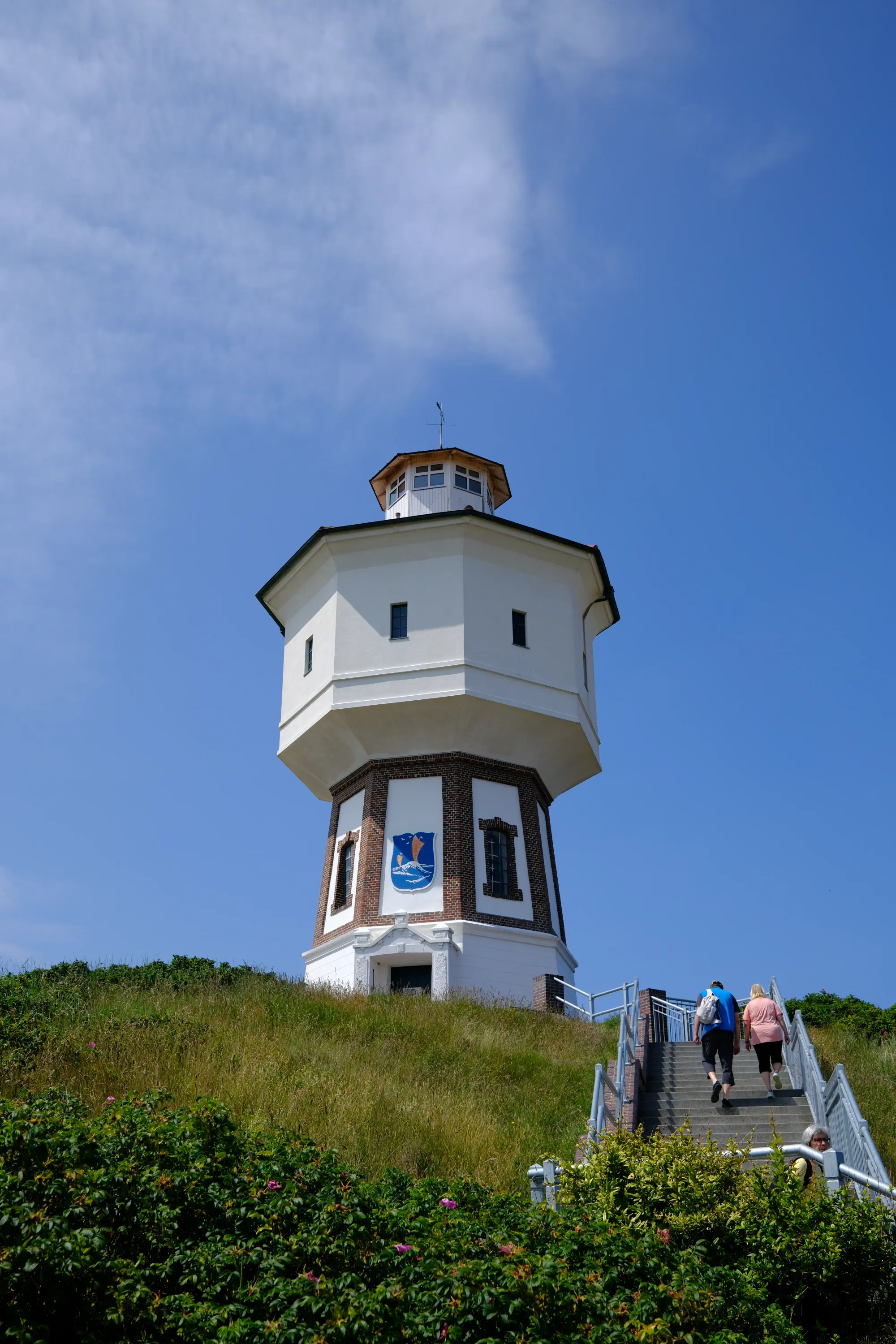
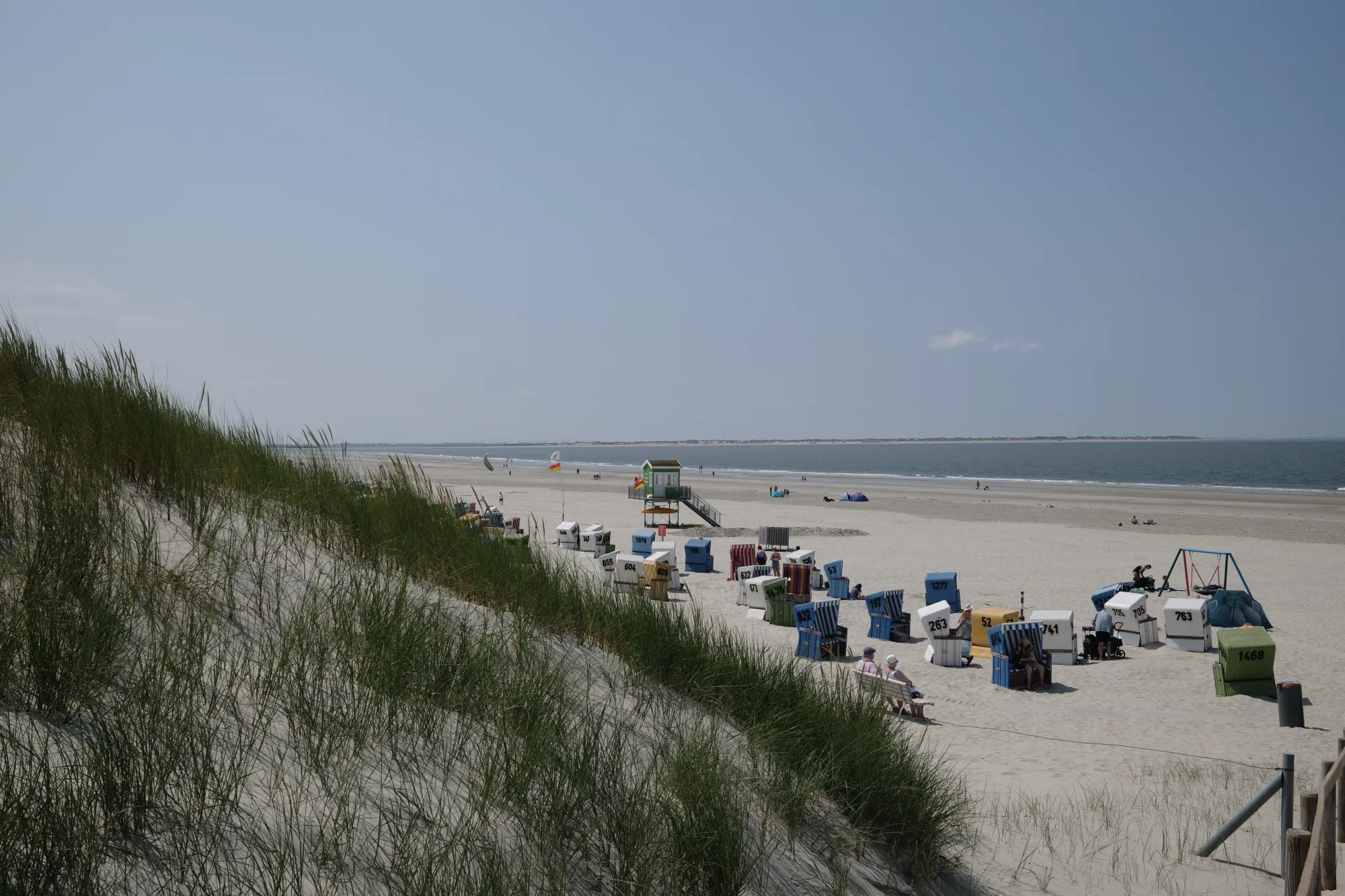
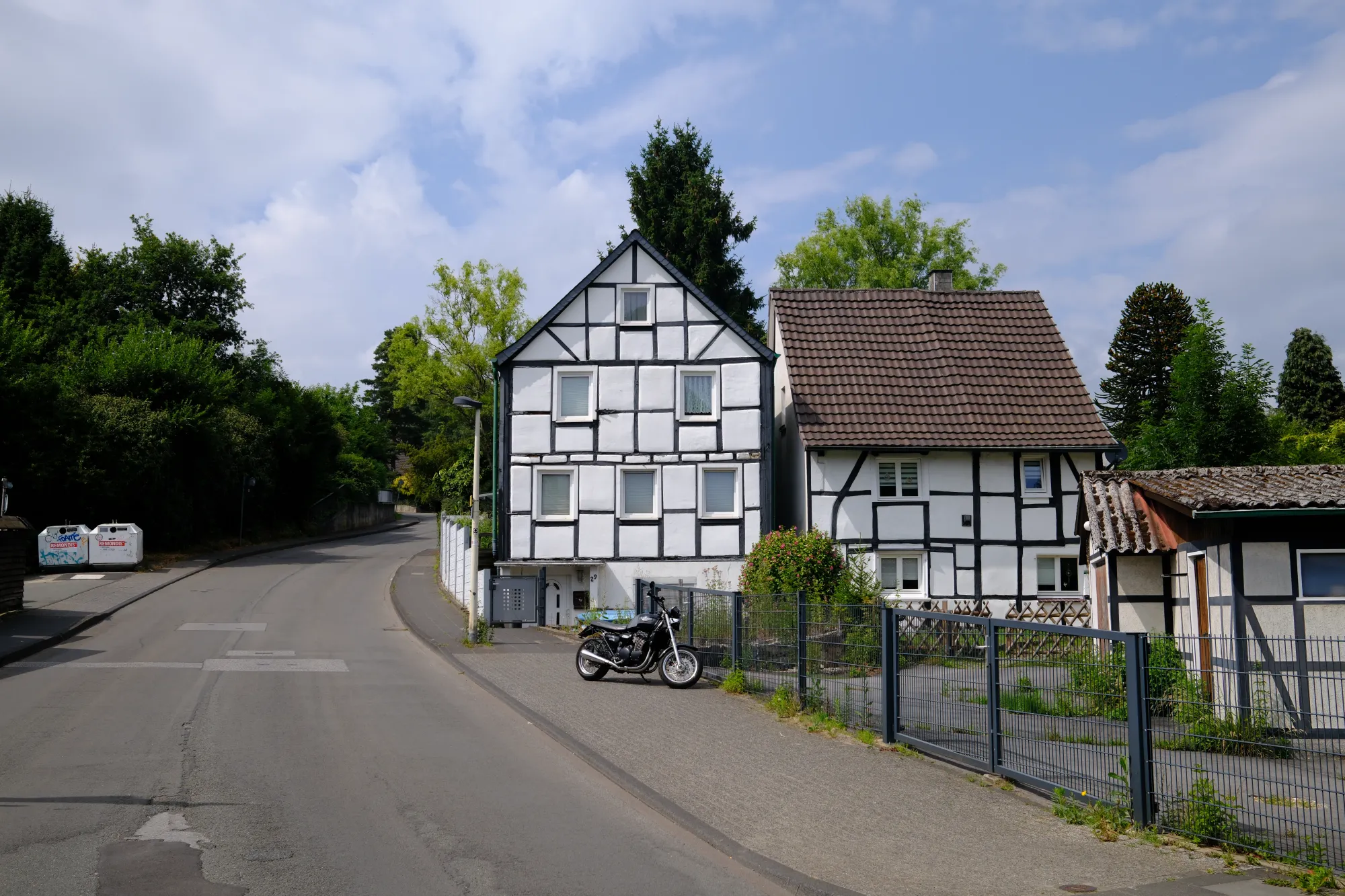
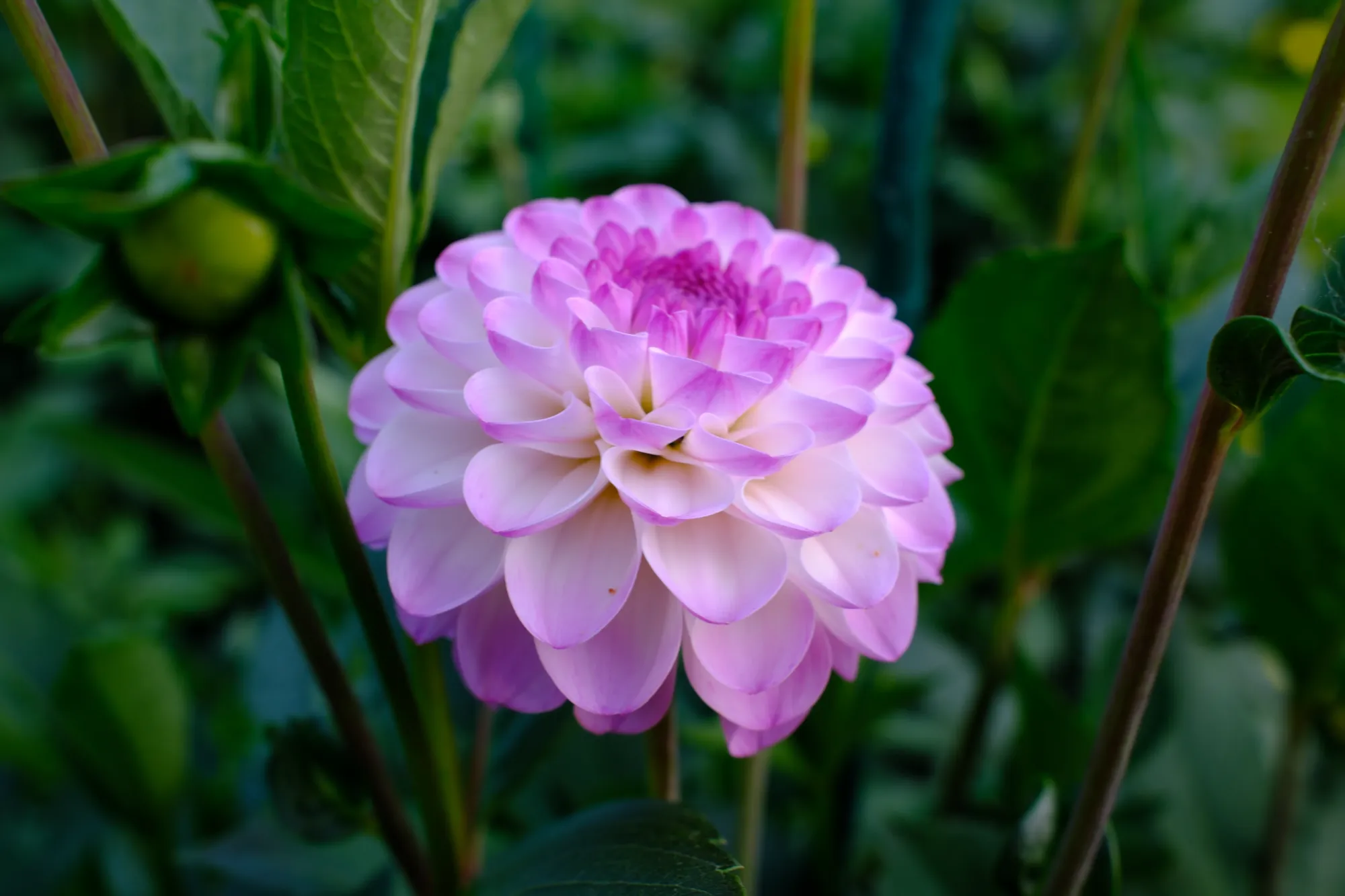
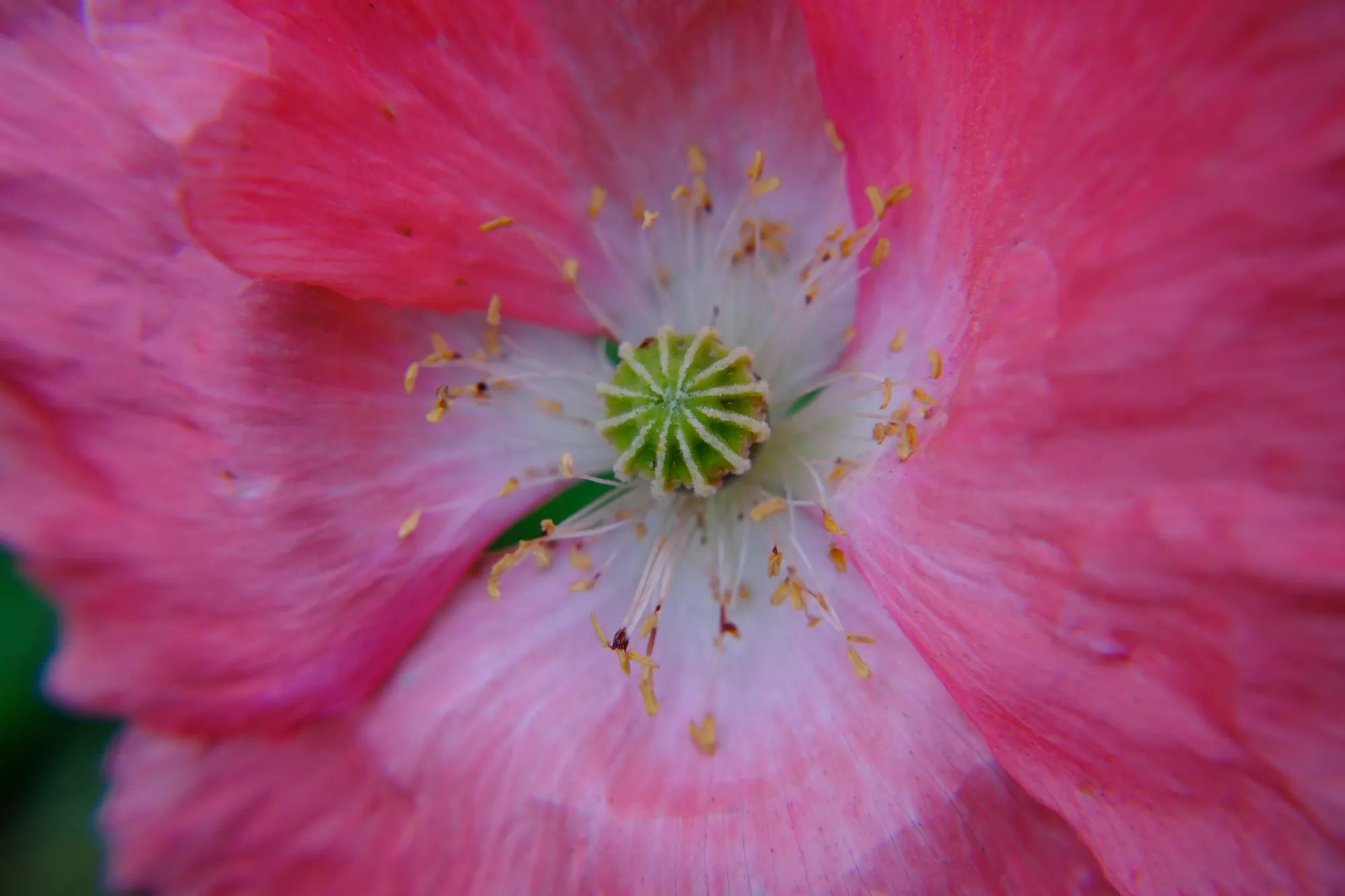
Various Images taken with the FUJI X100VI
What makes this camera <...>? (opinion)
Be humble and realistic. A great photographer can take spectacular pictures with a shoe box that has a hole in it. And similarly, an expensive camera does not guarantee good pictures. But this camera is nice to handle and inspires you to mess around with color profiles (or recipes as they are called here). It is more than capable of taking a picture in advanced environments while being compact enough to whip out of your jacket pocket. The photos look nice out of the box, and I rarely edit them afterward.
You can technically do everything this camera does with other cameras and a photo editor (like Serif Affinity Photo, Apple PhotoMator, or Adobe Lightroom).
What I like about it
- The specs are great.
- It looks classy.
- It fits in my hands without being uncomfortable (ergonomics and weight).
- I can take pictures with it:
- Aka. Fast accurate autofocus (thanks to Phase Detect AF), good tracking, good manual focus tools, easy-enough-to-understand menus, and not constantly changing settings accidentally.
- The color profiles are actually useful.
- The RAW files are decent.
- The OVF is surprisingly useful.
- The automatic focus bracketing is my favorite feature.
- The companion app
What I don't like about it
- The batteries could be bigger.
- I really don't appreciate the lack of putting any arbitrary menu function in the quick settings or the buttons.
- Clarification: Some Menu options are not available to be mapped on to the quick menu.
- Some of the functions could be mapped to touch screen swiping which I turned off.
- The companion app
- You can rely on the manuals, but I found much more useful information on YouTube and Reddit.
- The HDR mode is somewhat useless.
- The resulting image is usually not better than just taking an underexposed raw image and boosting the shadows later (at least in my experience).
- Using the exposure bracketing might result in better results.
- The panoramic drive mode is a 50/50 hit or miss for me
Quick side note about the companion app: It supports your classic features like being a remote, grabbing photos and videos via wifi, updating the firmware, and showing you stats about the camera. I really like geotagging my pictures. This is why I put the companion app in both what I like and what I don't like. It might be an iOS issue or Bluetooth in general, but sometimes the camera does not want to connect to the phone, and thus the geotagging metadata is not updated.
Is it worth 1800€? Given that I bought it after the three-month testing period, yes.
Would I recommend this camera? As with all things, it depends.
Is this camera for you?
Do you mind spending a lot of money on a camera? No? Go for it. Do you really not mind spending a lot of money on a camera, and this looks like a great pick? Maybe try the Leica Q3.
You really like the pictures your current camera takes (including the one on your smartphone)? Maybe don't spend as much money on a camera as two to three times the amount for a well-equipped smartphone.
You like the pictures it takes? Well potentially this is the camera for you.
You like the design but don't want to spend as much money? There are great alternatives out there too. Just get used to buying them used as many are decades old.
You like the design and/or the features but want more flexibility? Fujifilm has other cameras too.
You are skeptical about this camera? Perhaps try it either by renting it or by asking a friend who trusts you around expensive items.
Addendum: Converter Lenses
I have two converter lenses. The Neewer 49mm (FF Equivalent) 1.5X tele lens and the Freewell 27mm (FF Equivalent) 0.75X 2-in-1 wide-angle lens that can turn it into a 2X macro lens. Both are completely compatible with the built-in support for the equivalent FUJI TCL and WCL lenses at a fraction of the cost.
I can recommend both. Just get used to screwing lenses on and off quite frequently.
